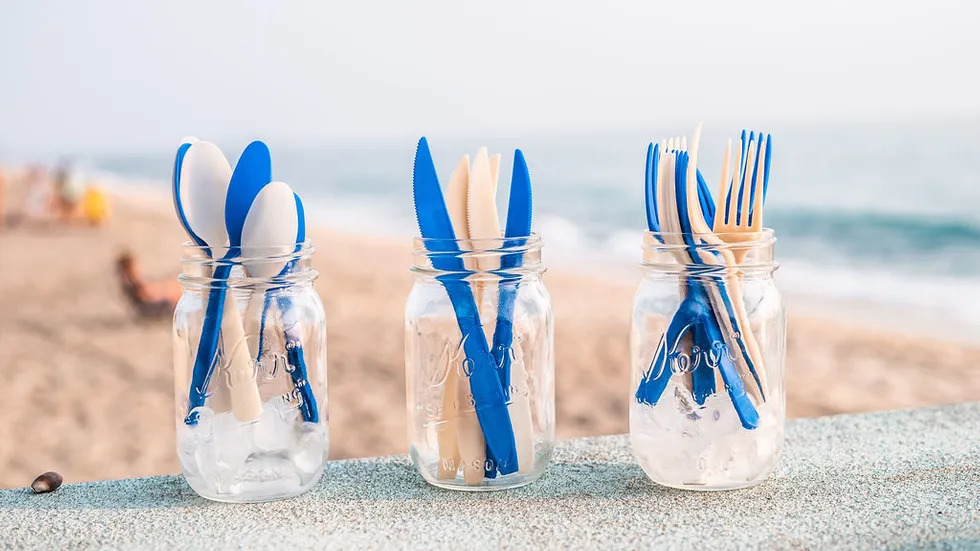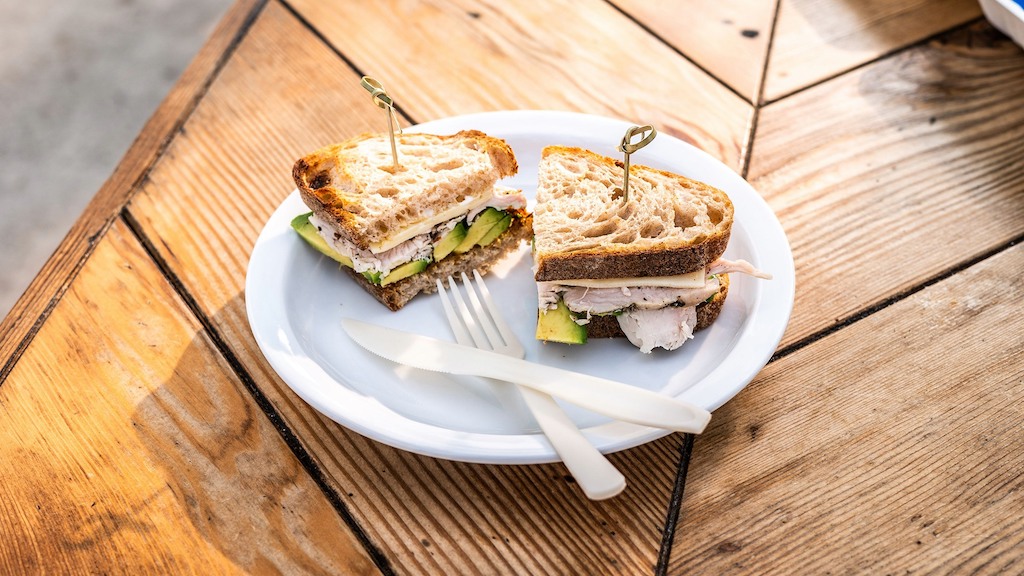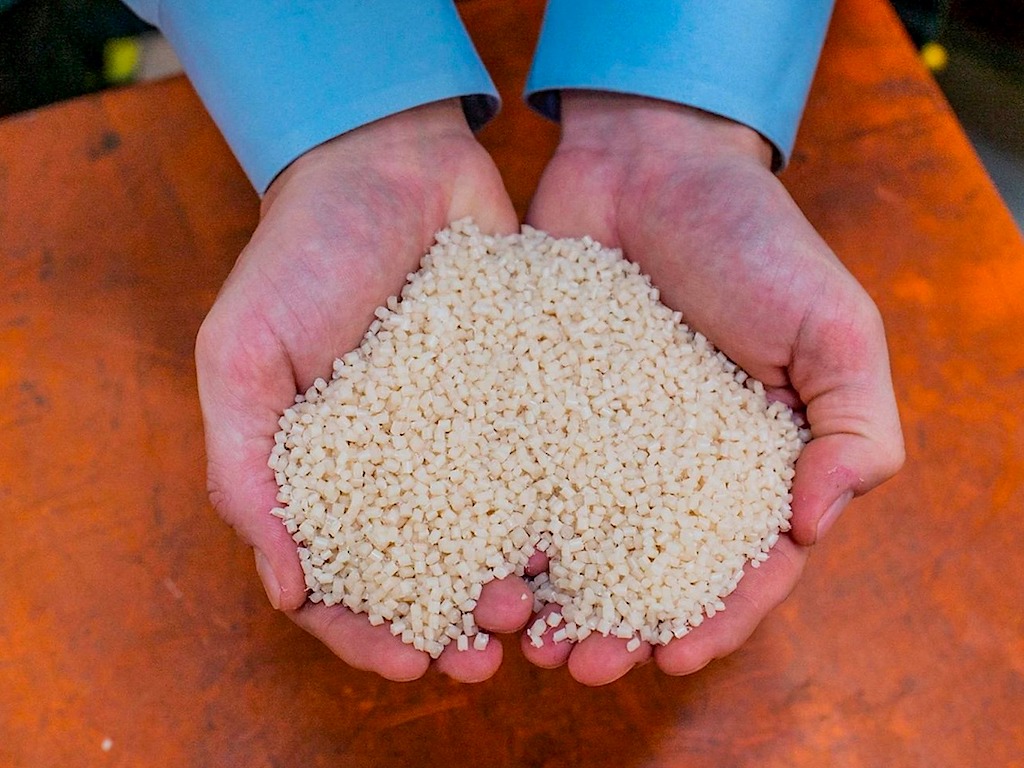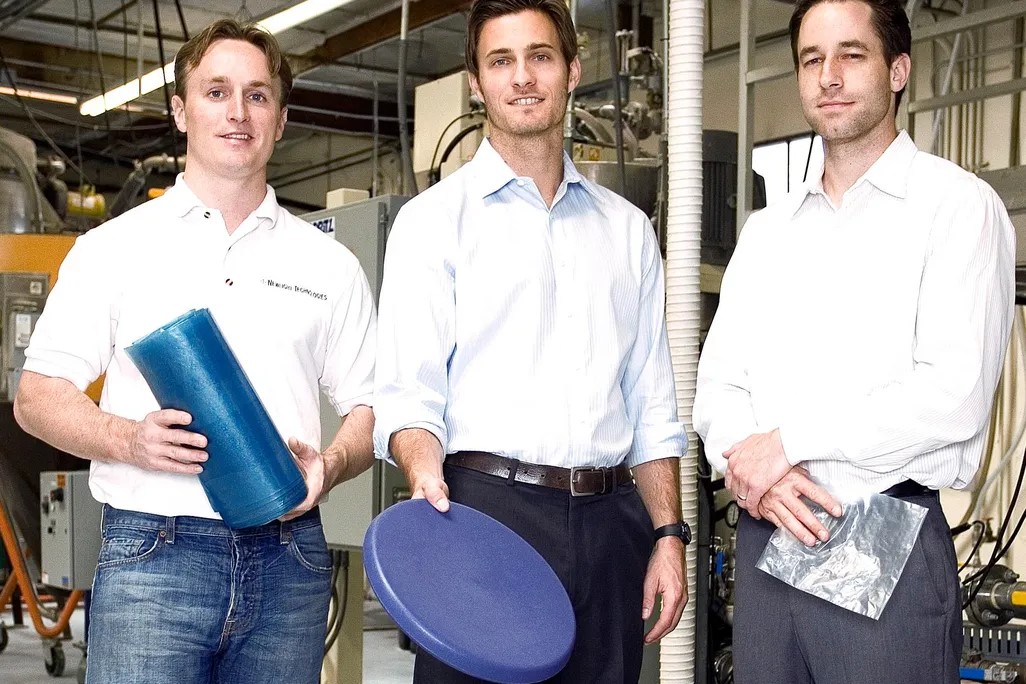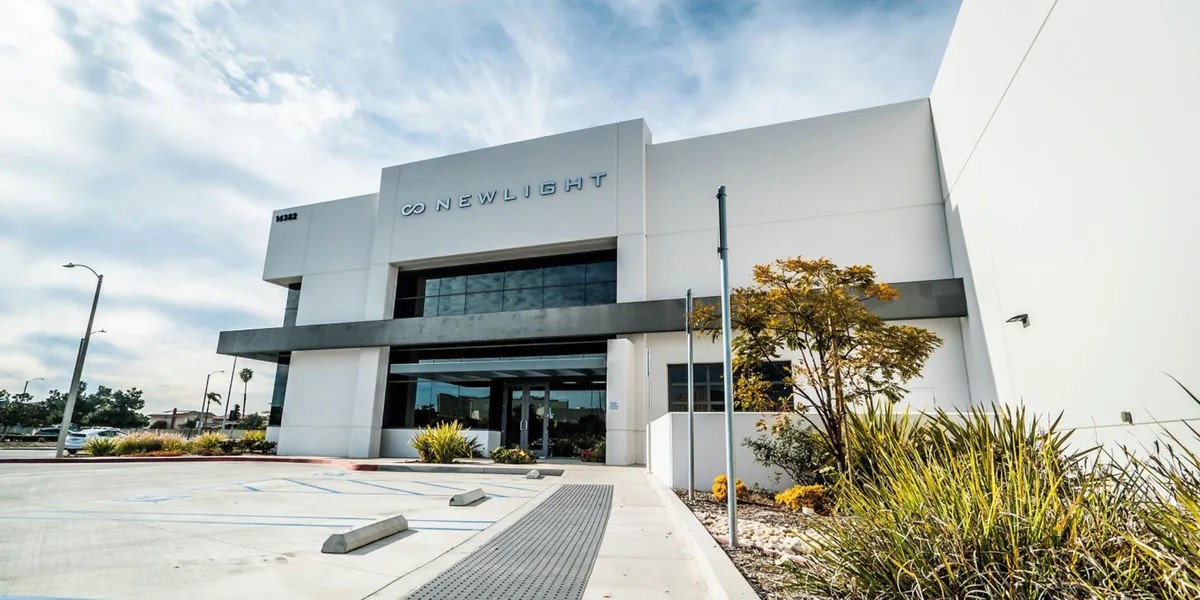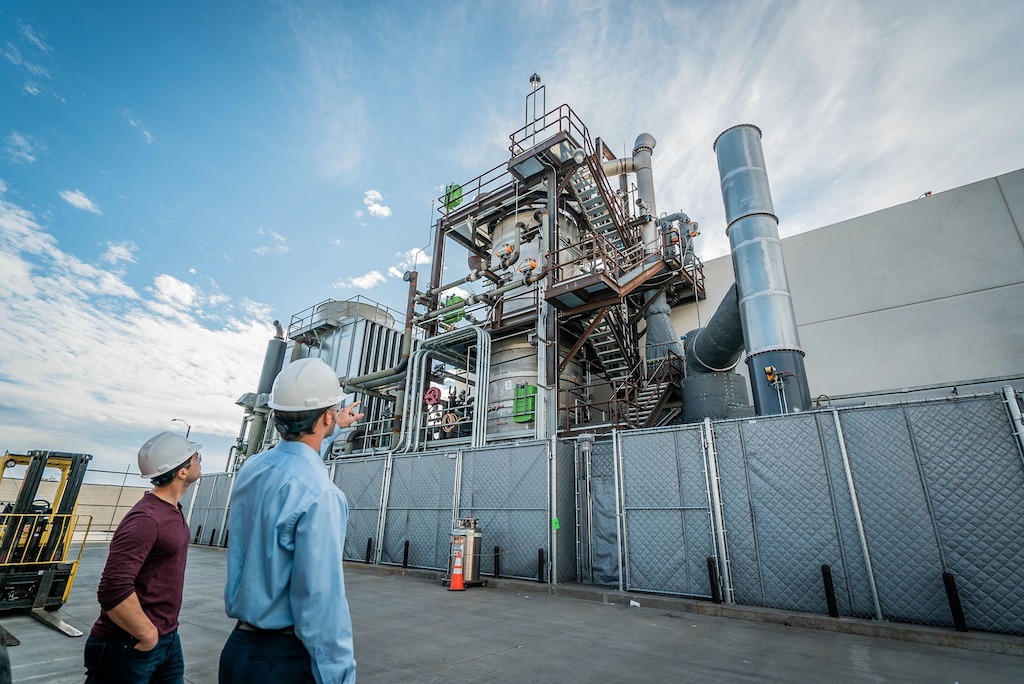AirCarbon (biomaterial made by microorganisms)
Air pollution-CO2 mitigation / Reuse systems
Addressing the environmental impact of fossil-fuel-based plastics and reducing CO2 emissions in various industries.
Contact

Newlight Technologies, Inc.
Company Established Year
Who is this solution for
Info
Available



Project Status
Looking to expand internationally
Doing business in
Awards
Biomaterial of the Year, Nova Institute
Honored AirCarbon as an outstanding renewable biomaterial with high performance.
Popular Science Innovation of the Year
Awarded for AirCarbon as a breakthrough in sustainable biomaterial innovation.
Presidential Green Chemistry Challenge Award, U.S. EPA
Recognition for AirCarbon’s environmental and chemical sustainability achievements.
Product description
AirCarbon is a revolutionary biomaterial created by microorganisms that consume greenhouse gases in a controlled saltwater bioreactor. This innovative process captures methane or CO₂ and converts it into a biodegradable polymer known as PHB. This meltable and moldable material possesses properties similar to traditional plastic but with the added benefit of being carbon-negative.
One of the key advantages of AirCarbon is its versatility. It can be processed into various forms such as pellets, fibers, sheets, or molded items, making it suitable for a wide range of applications including foodware, fashion, packaging, and more. Additionally, AirCarbon is home compostable and achieves carbon-negative certification when produced using renewable energy sources.
By replacing fossil-fuel-based plastics with AirCarbon, industries can not only reduce their carbon footprint by preventing CO₂ emissions but also contribute to a circular life-cycle. After use, AirCarbon can naturally biodegrade or be anaerobically digested to generate energy, further enhancing its sustainability credentials.
The exceptional performance, eco-friendly attributes, and scalability of AirCarbon position it as a compelling alternative for businesses looking to enhance functionality while prioritizing environmental responsibility.
Key characteristics and environmental benefits
Key Characteristics
-
Founded in 2003 and headquartered in Huntington Beach, California, with over 200 employees.
-
Pioneers of AirCarbon®, a high-performance thermoplastic derived from greenhouse gases via proprietary biocatalysis.
-
Uses microorganisms that consume methane and air to produce PHB (polyhydroxybutyrate), then pelletize it into plastic-like materials.
-
The biocatalyst achieves exceptionally high yield (around 9:1 polymer-to-biocatalyst ratio), allowing cost-competitive production compared to petroleum plastics.
-
Scale: operates a commercial plant converting methane emissions (e.g., dairy, landfills) into AirCarbon.
-
Offers branded products under lines like Restore (foodware) and Covalent (fashion/accessories), including straws, cutlery, eyewear, and bags.
-
Collaborates with major brands (e.g., Nike, IKEA, HP) to integrate AirCarbon into consumer goods.
Environmental Benefits
-
Carbon-negative: captures and converts methane—a potent greenhouse gas—into durable biomaterial, actively reducing CO₂e in the atmosphere.
-
No fossil feedstock: relies solely on air and captured emissions, eliminating reliance on oil or food crops.
-
Biodegradable and compostable: breaks down in natural environments, reducing plastic pollution, especially in oceans.
-
High-performance substitute: matches or exceeds properties of polypropylene and polyethylene, offering usability across hot, cold, reusable, and dishwasher-safe applications.
-
Certified and recognized: awarded the U.S. EPA Presidential Green Chemistry Award, verified carbon-negative, and approved for home composting under OK Compost Home.
-
Scalable & reusable model: a commercial-scale, nature-inspired solution that turns waste into materials, helping reduce plastic waste and mitigate climate change effectively.
About the Company
Ask about AirCarbon (biomaterial made by microorganisms)
Hi there! I’m here to help you quickly understand what this green solution is about — without needing to read the full page.
You can ask me things like:
- What problem does it solve?
- How does it help the environment?
- What makes it different?
Let’s explore together!
You can try asking:
Oops, it seems like you're not a member.
Sign up! It's free. You'll be able to read all the articles you like, download PDFs, and get in contact with the respective owners.
Have an account already? Sign in here
